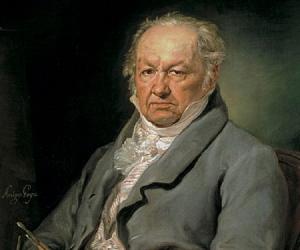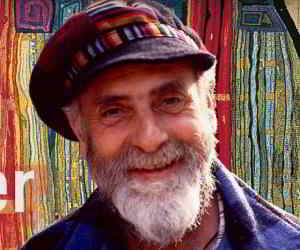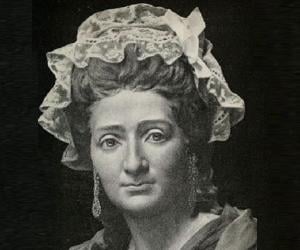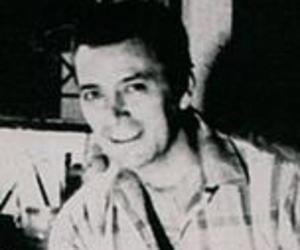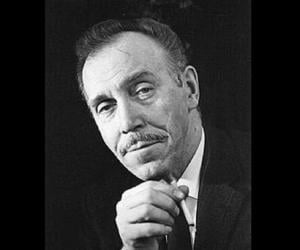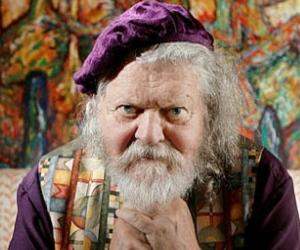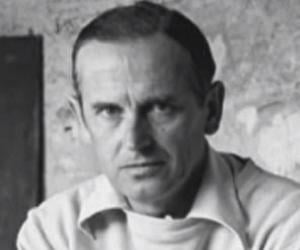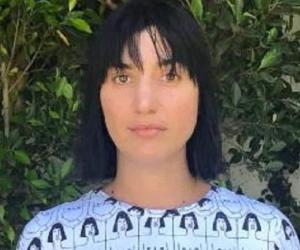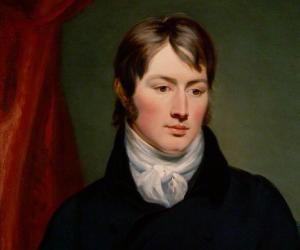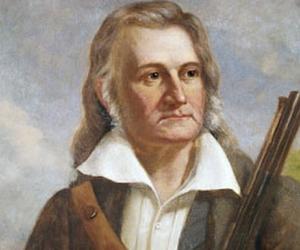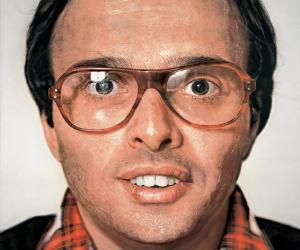Quick Facts
Spanish Celebrities Born In March
Nick Name: Goya
Also Known As: Francisco de Goya, Francisco José de Goya y Lucientes
Died At Age: 82
Family:
Spouse/Ex-: Josefa Bayeu, Leocadia Weiss
father: José Benito de Goya y Franque
mother: Gracia de Lucientes y Salvador
children: Javier Goya, Maria del Rosario Weiss
Hispanic Painters Artists
Died on: April 16, 1828
place of death: Bordeaux
Childhood & Early Life
Francisco Jose de Goya y Lucientes was born on March 30, 1746, in Fuendetodos, Aragon, Spain, to master gilder Jose Benito de Goya y Franque and Gracia de Lucientes y Salvador.
His family moved to Saragossa some years later where he started working as an apprentice under painter Jose Luzan at the age of 14.
He learnt painting by imitating the works of great masters for the first four years and later moved to Madrid to study under German painter Anton Raphael Mengs.
He applied to the Real Academia de Bellas Artes de San Fernando in 1763 and 1766, but was denied admission on both occasions.
He moved to Rome where he was runner up at a painting competition in 1771 and returned to Saragossa for various projects before studying under Francisco Bayeu y Subias which brought him initial success and recognition.
Career
His introduction to royal workshops in 1774 by Mengs to paint tapestry cartoons for the Royal Tapestry Factory in Madrid proved as a boon to his artistic development.
He completed more than 60 cartoons over the next five years depicting scenes from everyday life, several of which were used to adorn the two royal Spanish residences at San Lorenzo del Escorial and El Pardo.
He was appointed as a painter at the royal court in 1779 and elected as a member of the Royal Academy of Fine Art in 1780.
He started getting recognition as a portrait artist among various royal circles, composing portraits for the Count of Floridablanca, Crown Prince Don Luis, and the Duke and Duchess of Osuna.
He was appointed as a court painter under Charles IV in 1789 and became a salaried painter in 1799, eventually capturing numerous Spanish nobles, like 9th Duke of Osuna, Maria del Pilar de Silva, and Pedro Tellez-Giron, on the canvas.
He became completely deaf in 1792 after suffering from a serious illness, following which he tried his hand at experimental paintings, including aquatinted etchings and portraits of women, eventually changing his style to a great extent.
In 1799, he released a series of 80 etchings, compiled as ‘Caprichos’, illustrating repression and corruption prevailing during that period.
Major Works
‘The Nude Maja’ (1800) and ‘The Clothed Maja’ (1803) are said to be his best compositions, illustrating a woman in nude and clothed positions, respectively.
His ‘Disasters of War’, created during the 1810s, was believed to be a representation of the Dos de Mayo Uprising during the 1808, which led to the Peninsular War of 1808-1814.
He painted ‘The Third of May 1808’ and ‘The Charge of the Mamelukes’ in 1814, portraying the horrors of the Peninsular War fought between Spain and France and the subsequent loss of human lives.
His major works during 1814-19 included print series of ‘La Tauromaquia’, etchings of ‘Los Disparates’, and altarpiece of Santa Justa and Santa Rufina for the Cathedral of Seville.
He created a group of 14 paintings, known as the ‘Black Paintings’, as murals on the walls of his house outside Madrid, probably during 1819-1823, which were removed and transferred onto canvas, some 50 years after his death.
Personal Life & Legacy
In 1773, he married his art teacher Bayeu’s sister, Josefa Bayeu y Subias. Though the couple had several children, but only one survived to adulthood – their son Xavier.
He moved to the outskirts of Madrid, where he purchased a house along River Manzanares called Quinta del Sordo (Deaf Man’s Villa) in 1819, but relocated to Bordeaux in 1824 and later Paris.
He returned to Spain in 1826, but went back to Bordeaux where he suffered a stroke in 1828 and died in April, aged 82.
He was laid to rest in Bordeaux but his remains were exhumed and interred at the Royal Chapel of St. Anthony of La Florida, Madrid, in 1919.
A number of movies have been made depicting his life, some being ‘The Naked Maja’ (1958), ‘Goya in Bordeaux’ (1999), ‘Goya’s Ghosts’ (2006), and documentary ‘Goya – Crazy Like a Genius’ (2012).
Facts About Francisco Goya
Francisco Goya was known for his love of cats and often featured them in his artwork, showcasing his playful and affectionate side.
Goya had a fascination with the supernatural and included elements of fantasy and mysticism in some of his works, demonstrating his imaginative and curious nature.
Despite his reputation as a serious and skilled artist, Goya had a playful sense of humor and enjoyed creating satirical cartoons and caricatures to entertain his friends.
Goya was a skilled musician and enjoyed playing the guitar, showing his diverse talents and interests beyond just painting.
Goya had a deep appreciation for nature and often painted landscapes with great attention to detail, showcasing his connection to the natural world.
See more:


